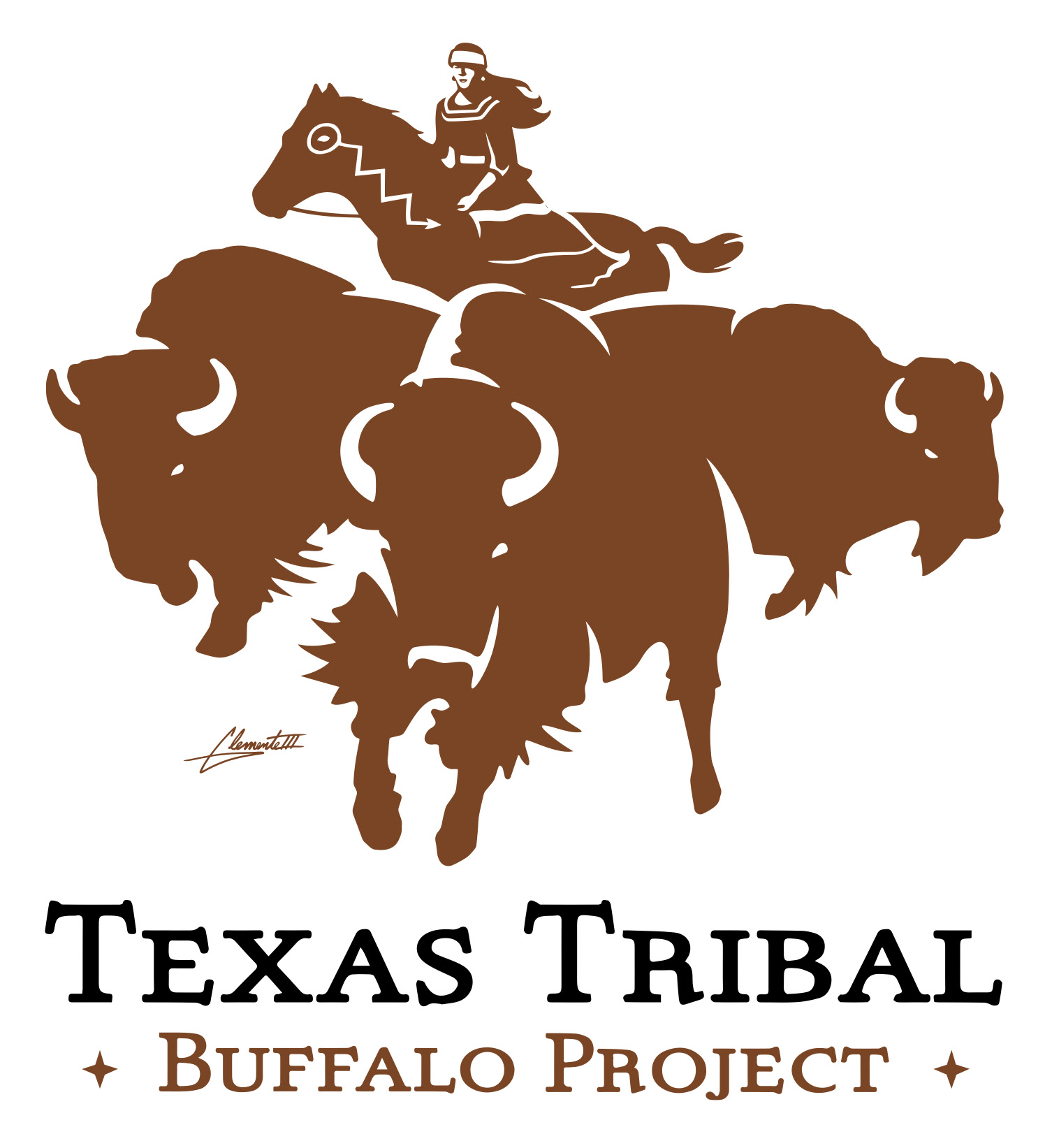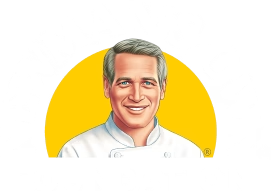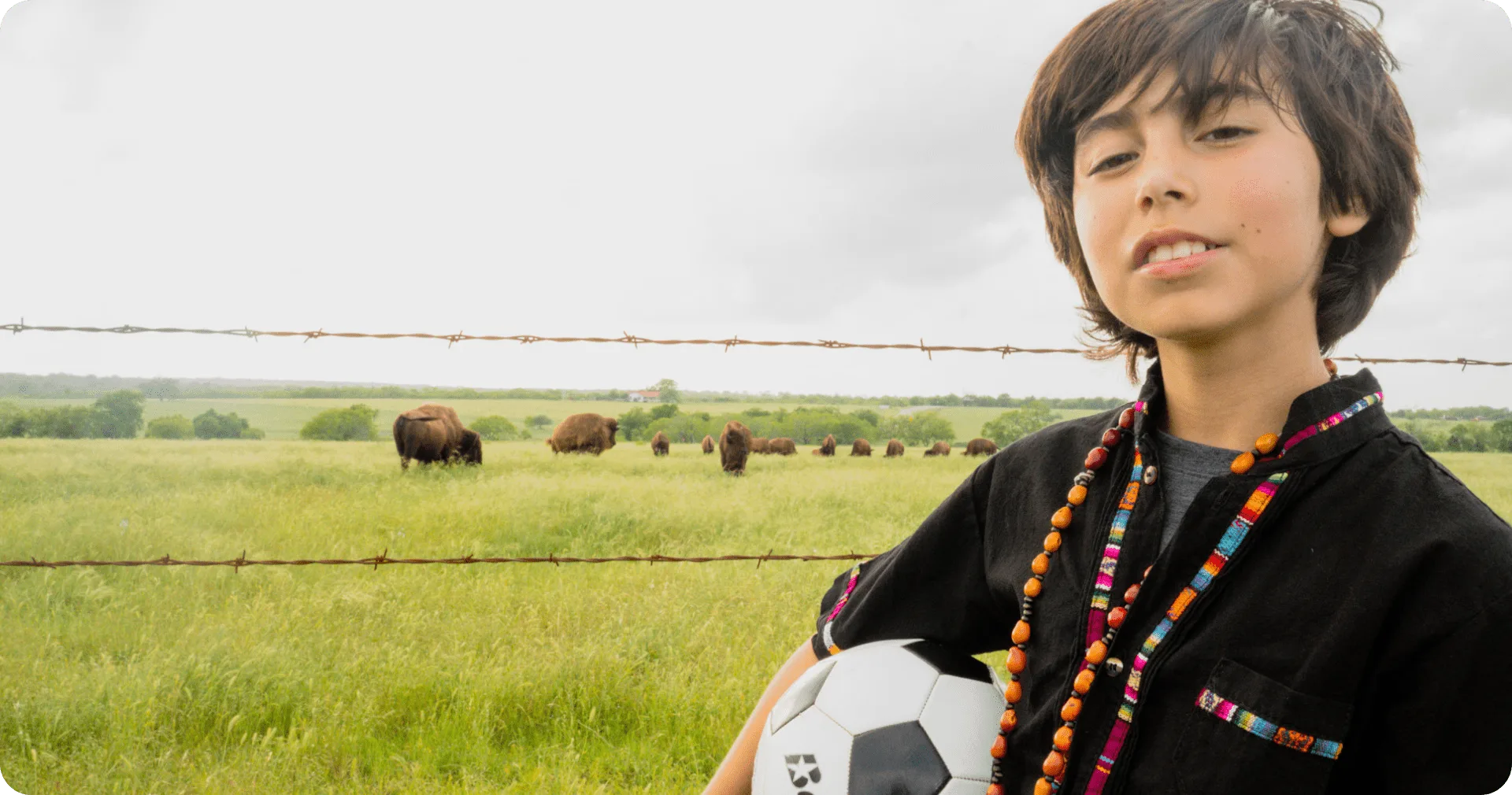“To see the stars and the buffalo and a sunrise over the open land, it’s like a dream.”
Karizma Cedillo William (program counselor)By Alastair Lee Bitsóí (Diné)
What is the problem the Texas Tribal Buffalo Project is trying to solve?
According to the 2022 Texas Food Access Survey, 1 in 5 children in Texas face the threat of daily hunger. Across the country for Indigenous communities, the rate is higher. The USDA says that 23.5% of Native American communities between 2015 and 2019 experienced food insecurity, which is twice the rate of white Americans.
When people think of Texas, they often do not think of Indigenous people, such as the descendants of the Lipan Apache. But if you peel back the layers of colonization in this state, Indigenous peoples and their food systems have been here since time immemorial. While there are three federally recognized tribes in Texas today, there had originally been more than twelve tribes dwelling in what is now known as Texas, according to the nonprofit Native Languages of the Americas.
“The problem is that Texas, as a state, has not identified Texas Indigenous residents as lineal descendants that have had generations of occupying the state,” said Lucille Contreras, CEO of Texas Tribal Buffalo Project. “So, we also struggle because of the lack of a connection to our traditional roots. As Texas individuals, we have suffered a wide variety of health disparities, social, mental, wellness, and wellbeing disparities as a direct result of our loss of land, language, and traditional food systems.” These challenges significantly impact Native youth in the state of Texas, separating them from the ancestral food systems knowledge that can help mitigate challenges of food insecurity and chronic lifestyle illnesses.
What is the Texas Tribal Buffalo Project doing about this?
Texas Tribal Buffalo Project formed in 2021 with the mission to heal the intergenerational trauma of Lipan Apache descendants, a state-recognized tribe in Texas, and other Indigenous nations that historically lived adjacent to Lipan Apache territory. The healing of intergenerational trauma also means a reconnection between Indigenous youth and the buffalo, a symbiotic relationship that goes back millennia. Since 1492, this relationship has been tragically disrupted by the near extermination of these tribes and their food systems. Now, there is momentum through the reintroduction of buffalo to reconcile these lost kinship ties.
The goal of the Buffalo Project is to help Lipan Apache descendants and other Indigenous community members reconnect with this ancestral mammal, which historically has provided and continues to provide food, medicine, tools, and other essential ways of living. Specifically, the nonprofit provides ongoing education around caring for buffalo, practicing regenerative agriculture, processing meat, and using traditional ecological knowledge as values to reconnect Indigenous communities to their ancestral foods. The nonprofit organization hosts a week-long camp each summer for 20 Lipan Apache youth to come together at the ranch and learn all of these skills in a hands-on environment.
Known as Iyanee’ to the Lipan Apache, the buffalo is making a comeback through the rematriation work of the Texas Tribal Buffalo Project. “We’re the southernmost Buffalo nation,” Contreras explained about why the buffalo is the chosen food system for her work in central Texas.
Part of the nonprofit’s mission includes the restoration of the land through the reintroduction of the buffalo on approximately 77 acres of land that it purchased through a loan from the U.S. Department of Agriculture’s Beginning Farmer and Rancher Development Program. Currently, the ranch has a herd of 20.
“The buffalo are the number one stewards and caretakers of the land,” Contreras said. “Just by existing, by living on the land, the buffalo are healing the land. The way that they walk. The shape of their hooves. Their concave hooves. The way that they graze. Even the way they fertilize the land.” Their role in our ecosystem is the focus of their annual youth camp.
“Essentially, the Texas Tribal Buffalo Project is reclaiming the narrative of Indigenous existence,” Contreras said. She thinks that one way to heal the intergenerational trauma of Indigenous communities in Texas, who suffer from complex traumatic events, requires the re-insertion of their cultural identities. It is partly why she established the nonprofit, because it is a model that can help foster Indigenous sovereignty through foods, culture, and language.
“Every day I get to open up my eyes and see this beautiful relative, the Buffalo, and know that I’m providing a pathway back to our own indigeneity for Texas lineal descendants,” Contreras said. “It’s so amazing and beautiful.”
A Great Example of How This Is Working
The youth camp on the ranch impacts 20 Native youth each summer, reconnecting them to their heritage and providing hands-on education around Native food systems centering the buffalo.
“I’ve always been in a crowded household in the city. I’ve never been out to explore anywhere else,” said one counselor, 19-year-old Karizma Cedillo Williams. “To see the stars and the buffalo and a sunrise over the open land, it’s like a dream.”How to Support the Texas Tribal Buffalo Project
Visit and donate to the Texas Tribal Buffalo Project, or find a way to partner or volunteer at one of their events. About the Author
About the Author
Alastair Lee Bitsóí is an award-winning Diné journalist from the Navajo Nation. He writes on the intersections of climate change, culture, public health and the environment. He is from the small community of Naschitti, Navajo Nation, New Mexico, which is below the Chooshgai Mountains on the Arizona-New Mexico state line.


